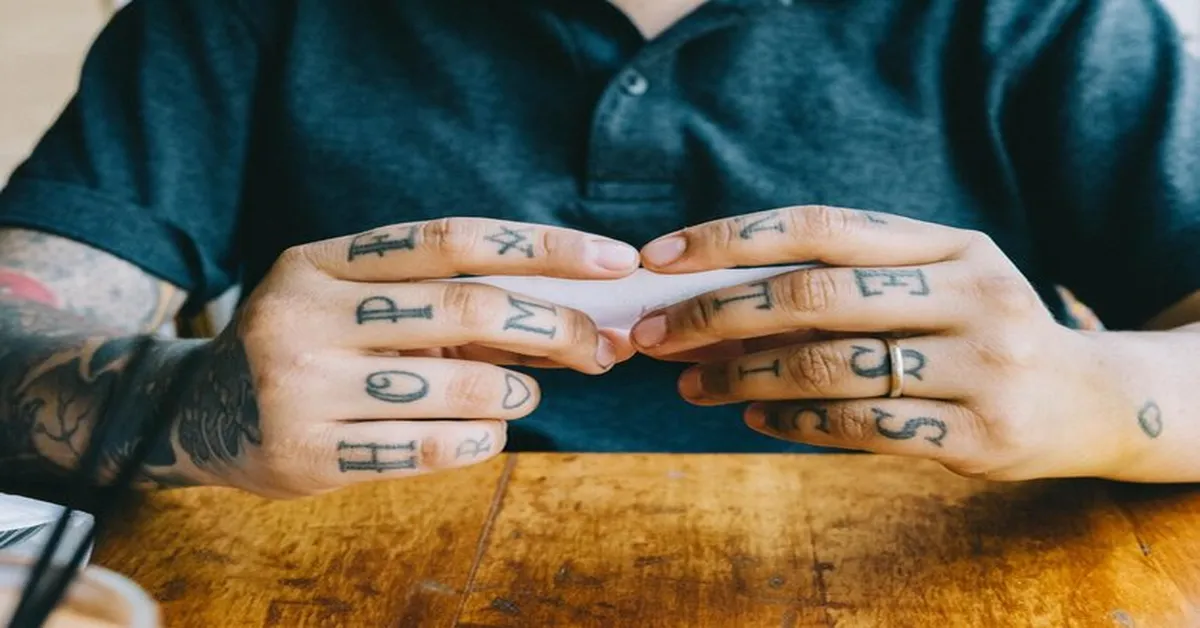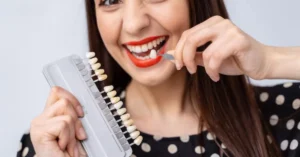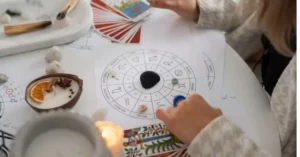Finger tattoos have surged in popularity due to their stylish appeal and subtle placement. Whether you want a delicate design or bold statement ink, finger tattoos offer a unique way to express yourself. However, before committing to one, it’s essential to understand their longevity, pain levels, maintenance, and best designs.
In this in-depth guide, we will explore everything about finger tattoos—from their pros and cons to aftercare tips, popular designs, and frequently asked questions. If you’re considering getting a finger tattoo, this guide will help you make an informed decision
What Are Finger Tattoos?
Finger tattoos are small tattoos inked on the fingers, including the sides, top, or even under the fingers. They are a popular choice for those looking for minimalistic or symbolic designs.
Types of Finger Tattoos:
- Ring Tattoos: Designs that mimic wedding rings or symbolic bands.
- Lettering Tattoos: Words, initials, or small phrases.
- Symbol Tattoos: Small icons like hearts, stars, or arrows.
- Geometric or Minimalist Tattoos: Clean, simple lines or patterns.
- Under-Finger Tattoos: Hidden designs that are more discreet.
Pros and Cons of Finger Tattoos
Pros:
✔ Unique and stylish appearance ✔ Small and minimalist designs available ✔ Quick healing process ✔ Easy to hide if needed
Cons:
✖ Fade faster due to frequent hand use ✖ Require more touch-ups over time ✖ Higher pain levels due to thin skin ✖ Not always workplace-friendly
Pain Level: Do Finger Tattoos Hurt?
Yes, finger tattoos are among the more painful areas to get inked. The fingers have thin skin, minimal fat, and many nerve endings, making the tattooing process more uncomfortable than other body parts.
Pain Factors:
- Placement: The closer to the bone, the more painful.
- Tattoo Size & Detail: Complex designs may require longer sessions, increasing discomfort.
- Personal Pain Tolerance: Everyone experiences pain differently.
While the pain is short-lived, expect some sensitivity and swelling during healing.
How Long Do Finger Tattoos Last?
Finger tattoos tend to fade faster than tattoos on other body parts. Because we use our hands daily, friction, washing, and exposure to sunlight contribute to quicker fading.
Factors Affecting Longevity:
- Ink Placement: Side and top finger tattoos fade at different rates.
- Daily Activities: Frequent hand washing and friction cause wear.
- Ink Quality & Artist Skill: Experienced tattoo artists use proper techniques to help ink last longer.
- Aftercare: Proper healing and maintenance can extend the tattoo’s lifespan.
Most finger tattoos require touch-ups every 6 months to a few years to maintain sharpness.
Best Designs for Finger Tattoos
Choosing the right design is essential to ensure your tattoo lasts longer and remains visually appealing. Here are some popular choices:
1. Small & Minimalist Designs
- Tiny hearts, stars, moons
- Simple dots or geometric lines
2. Symbolic & Meaningful Tattoos
- Zodiac signs
- Roman numerals
- Tiny animals or spiritual symbols
3. Ring or Band Tattoos
- Wedding band replacements
- Celtic or tribal ring designs
4. Word & Lettering Tattoos
- Initials or names
- Short words like “Love,” “Hope,” or “Faith”
- Dates or lucky numbers
Make sure your design is suitable for a small space to maintain clarity over time.
Finger Tattoo Aftercare Tips
Proper aftercare is crucial for healing and longevity. Follow these steps to keep your tattoos in the best condition:
1. Keep It Clean
- Wash gently with mild soap and lukewarm water.
- Avoid soaking your hands in water for long periods.
2. Moisturize Regularly
- Use a tattoo-friendly moisturizer (like unscented lotion or natural balms).
- Avoid petroleum-based products that can suffocate the tattoo.
3. Avoid Excessive Sun Exposure
- Use SPF 50+ sunscreen once the tattoo is healed.
- Direct sunlight can cause premature fading.
4. Avoid Scratching or Picking
- Let scabs fall off naturally to prevent patchy healing.
5. Get Touch-Ups as Needed
- Expect to refresh your tattoo every few years.
Cost of Finger Tattoos
Finger tattoos can be more expensive per square inch than larger tattoos due to the skill required to ink such a delicate area.
Average Costs:
- Simple Designs: $50 – $150
- Detailed or Custom Work: $200 – $500
- Touch-ups: Some artists offer free touch-ups, while others charge $50 – $100
Pricing varies based on the artist’s experience, studio location, and tattoo complexity.
Conclusion
Finger tattoos are stylish, meaningful, and highly customizable. However, they require careful consideration due to fading, pain levels, and frequent touch-ups. If you’re committed to maintaining your ink and love the aesthetic, a finger tattoo can be a fantastic choice.
Frequently Asked Questions (FAQs)
1. Do Finger Tattoos Fade Fast?
Yes, due to constant use and exposure, they fade quicker than tattoos on less-exposed areas.
2. Are Finger Tattoos More Painful Than Other Areas?
Yes, due to thinner skin and numerous nerve endings.
3. How Long Does a Finger Tattoo Take to Heal?
On average, it takes 2-4 weeks for the surface to heal, but full healing can take a few months.
4. Can You Cover Up a Faded Finger Tattoo?
Yes, but due to limited space, the cover-up design must be carefully planned.
5. Do All Tattoo Artists Do Finger Tattoos?
No, some artists avoid them due to high fading rates and challenges in tattooing such a small area.
6. Are Finger Tattoos Professional?
It depends on your workplace. Some employers have strict policies on visible tattoos, so check before getting inked.
Call to Action: If you’re ready for your next tattoo, consult a professional tattoo artist to ensure the best design and placement. Want more tattoo inspiration? Check out our latest guides!









